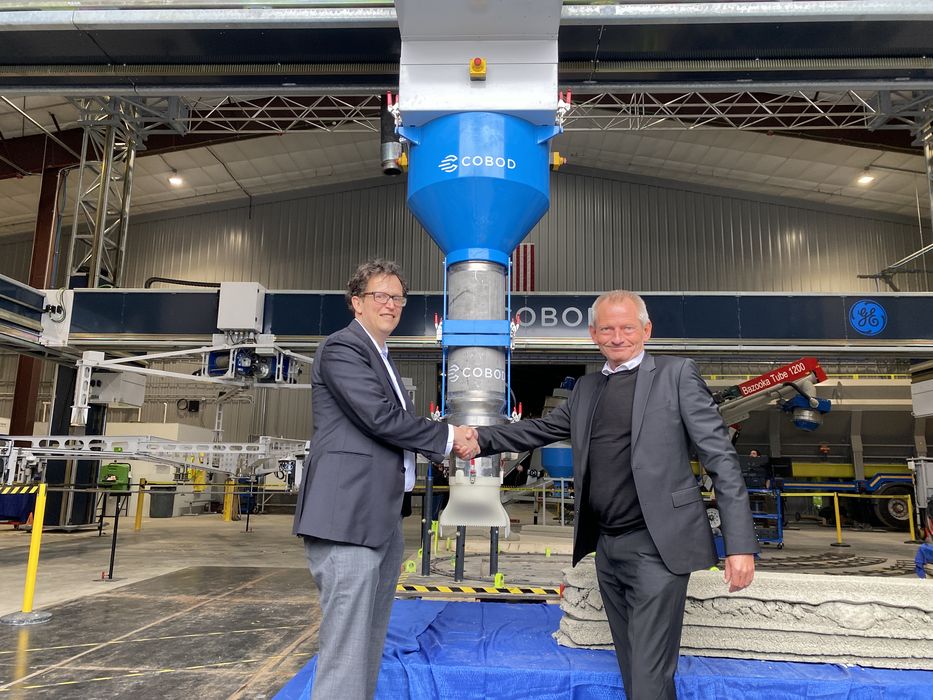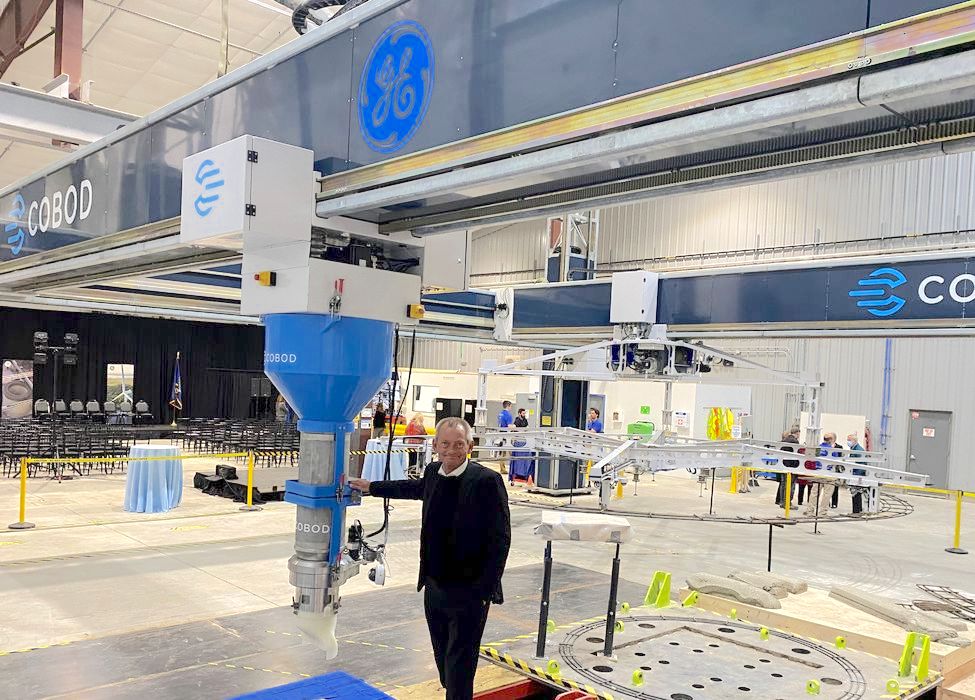
Coming in hot just after COBOD and GE Renewable Energy announced a dedicated factory to 3D print wind turbine components, a big investment move took place.
COBOD is a Danish company producing the BOD2, one of the world’s leading construction 3D printers. This device is capable of 3D printing large concrete structures up to three stories tall. The technology has been used on numerous building projects on multiple continents, and they report they’ve sold more than 50 systems around the world so far.
COBOD is not alone, however. They face several competitors, all attempting to corral the construction 3D printing market. Perhaps COBOD’s biggest rival would be ICON, a Texas-based operation that has undertaken numerous 3D printed construction projects to date.
ICON differs from COBOD in that the former has managed to attract a very significant amount of investment from several sources. At last count, ICON had raised nearly half a billion US dollars, a staggering total that would enable them to take on anything.
Meanwhile, COBOD has had far less investment, leaving the company in a less well-funded position.
That seems to be changing, as their project partner GE Renewable Energy announced a “minority investment” in COBOD.
GE Renewable Energy, based in France, is the arm of the GE family that works on solar, hydroelectric and wind turbine projects. In 2021 their revenue was a massive US$15.7B, and that is likely to rise very quickly in coming years as the world continues to electrify at an increasing rate.
In other words, this is a company with a tremendous amount of money, far more than ICON has raised thus far.

Why is GE Renewable Energy so intensely interested in COBOD? It’s because the BOD2 printer can print massive wind turbine bases onsite, negating the need for road transport. This means these bases are no longer limited by the width of roads, and can be much bigger.
Bigger bases mean the wind turbine blades can be longer, which makes them more efficient. In other words, if you 3D print the wind turbine base, you get a better wind turbine. That’s why GE Renewable Energy is so interested.
If this technology proves out, we could see COBOD supplying printers for dozens of wind turbine projects around the world through GE Renewable Energy in the future. GE Renewable Energy will certainly open the door to additional applications, perhaps even in other arms of the GE family.
Terms of the “minority investment” were not disclosed. It could be that GE Renewable Energy invested US$1M for one percent of COBOD. Or perhaps they invested US$500M for 49%. We just don’t know, but the true answer will surely be between those extremes.
The net result is that COBOD suddenly finds itself flush with funding for expansion of their activities, and we’ll certainly see a lot more construction 3D printers.
Via COBOD and GE Renewable Energy
